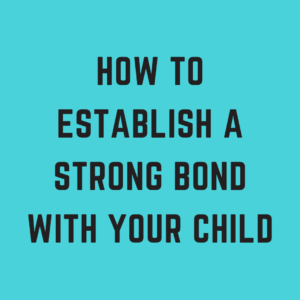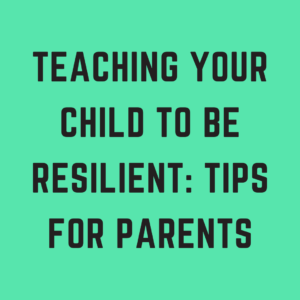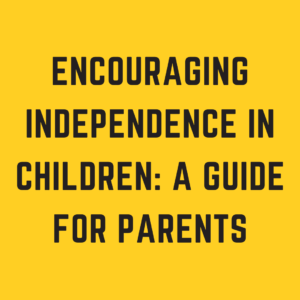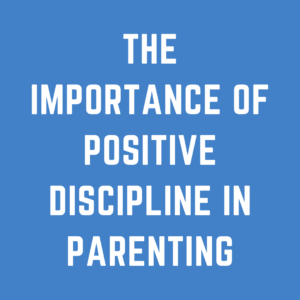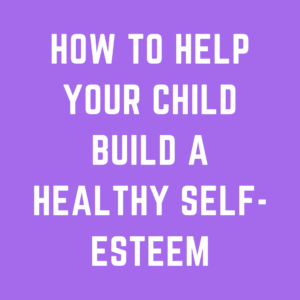In today’s fast-paced world, it’s easy for kids to get overwhelmed by their emotions. However, practicing mindfulness activities can help children learn to regulate their emotions and develop greater self-awareness.
In this blog post, we will explore some mindfulness activities for children to improve emotional regulation.
What is mindfulness?
Mindfulness is the practice of paying attention to the present moment with non-judgmental awareness. It involves being fully present and engaged in the present moment, rather than dwelling on the past or worrying about the future.
Mindfulness has been shown to be an effective tool for improving emotional regulation, reducing stress and anxiety, and promoting overall well-being.
Mindfulness activities for children:
Deep breathing – Encourage your child to take slow, deep breaths, inhaling deeply through their nose and exhaling slowly through their mouth. This can help calm their body and mind and reduce feelings of stress or anxiety.
Body scan – Have your child lie down on their back and close their eyes. Guide them through a body scan by asking them to focus on each part of their body, starting from their toes and working their way up to their head. Encourage them to notice any sensations in each body part, without judgment or evaluation.
Mindful listening – Have your child close their eyes and focus on the sounds around them, without trying to identify or label them. Encourage them to simply notice the sounds and observe how they come and go.
Mindful eating – Encourage your child to eat a snack or meal mindfully, by paying attention to the taste, texture, and smell of the food. Encourage them to eat slowly and savor each bite, without distractions such as television or electronic devices.
Gratitude practice – Encourage your child to practice gratitude by reflecting on things they are thankful for each day. This can help shift their focus from negative thoughts or emotions to positive ones.
Mindful movement – Encourage your child to engage in mindful movements, such as yoga or tai chi. This can help them connect with their body and reduce feelings of stress or anxiety.
Mindful coloring – Encourage your child to engage in mindful coloring, by focusing on the colors and shapes of the picture they are coloring. This can help them relax and reduce feelings of stress or anxiety.
Progressive muscle relaxation – Have your child tense and then relax each muscle group in their body, starting from their toes and working their way up to their head. This can help them release tension and reduce feelings of stress or anxiety.
Conclusion
Mindfulness activities can be a powerful tool for improving emotional regulation in children. By encouraging your child to engage in deep breathing, body scanning, mindful listening, mindful eating, gratitude practice, mindful movement, mindful coloring, and progressive muscle relaxation, you can help them develop greater self-awareness and regulation of their emotions.
With consistent practice, these mindfulness activities can become a regular part of your child’s routine and help them navigate their emotions with greater ease and resilience.

